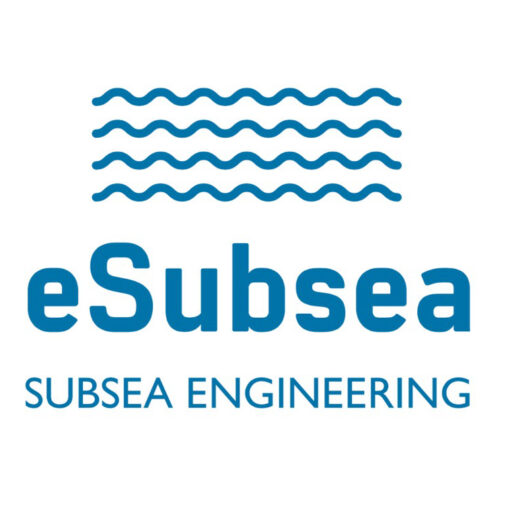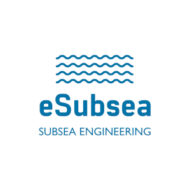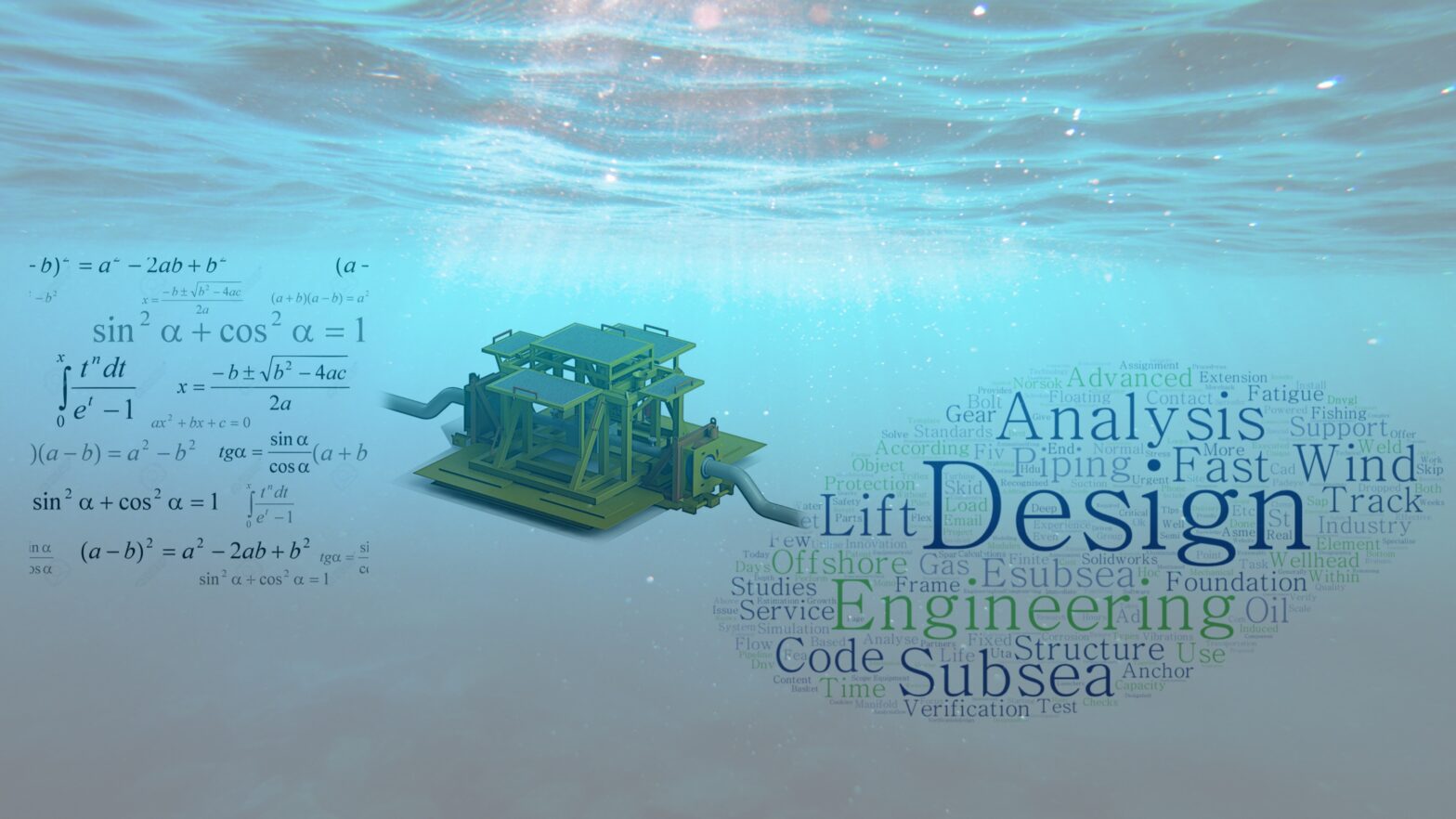eSubsea provide detail design, analysis, engineering, procurement and manufacturing (EPC) of subsea pig launcher and receiver (PLR) including structural analysis of support structures and pipe stress analysis of the piping. The permanent or temporary pig launcher and receivers will be designed for all relevant load cases such as installation lifting, landing, during pressurized operation and during retrieval. The pig receiver is also often referred to as a pig trap.
How does the pig launchers and receivers (PLR) work?
A subsea pipeline pig is a plug, a device that is sent with the oil and gas current or flow through a gas or oil pipe, pipeline or flowline. It is locked in and out with ROV valve operations, without interrupting production or injection. It can be launched and traps from a subsea template and manifold or a PLEM or just in the pipeline termination. Different types of pigs are used for, among other things, inspection and examination and cleaning of pipes.
Kicker Line Calculation
The pig geometry and transparency (openings between the pig and ID of the pipeline) is essential for calculation of the required kicker line sizing and flow rate. The pressure drop over the pig and the pig friction will give the required flow rates, limited by the maximum flow rates for the gas, fluid or multiphase. The flow can either be from a separate hose from a vessel on the surface or using the existing production fluid, gas or multiphase.
Pig Launcher Parts Engineering, Design and Analysis
The pig launcher consists of the following sub-assemblies that all needs to be design into the complete system. The pig barrel is where the pigs are stored before they are launched. They are loaded from the end and there is an end closed flange with a seal. Then there is the pigging line hub and seals. The pigs are launched by pressurizing the kicker line when opening the valves. Pig locks are used to keep the pigs from moving before they are launched.
Subsea Pig Launcher Design Standards
The pig launcher and receiver or trap is designed according to subsea codes and standards given by the operator. There will be different in different parts of the world, but most common is to use the DNV pipeline standards DNVGL-ST-F101 Submarine Pipeline Systems as the governing standard, but the code break could require ASME B31.8 Gas Transmission and Distribution Piping Systems. In addition, there are also structural, lifting and material code and standards that needs to be complied to. Contact us for more information and advice.
Pig Launcher and Receivers P&ID
The pig launcher and receivers are used after installation of pipeline and flowlines, during commissioning and regularly if the pipeline needs cleaning or de-watering. For the temporary pig launchers, the piping branch lines, valves and hot stabs are designed such that the pig or pigs in a magazine are launched into the production flow either by ROV or by using the flow itself. The pig launcher and receiver P&ID are schematic drawings giving the location of valves and stabs in order for the system to work. Barrier requirement and line sizing are included in the P&ID. For the pig receiver or pig trap, the system is simpler as the purpose is only to receive the pig or pig train and recover it to surface.
Subsea Intelligent Pig Launcher System
The intelligent pig launcher system (IPL) is designed to launch pigs for inspection into subsea oil and gas lines. Normally a pig train with the following pigs are used:
- Pigs for cleaning to remove accumulated solids and debris
- Gauging pigs to check the internal diameter of the pipeline
- Several magnetic cleaning pigs to remove ferrous debris
- Dummy pigs to simulate the intelligent magnetic inspection pig
- Magnetic inspection pig to records variations of pipeline wall thickness
The gauging pig, cleaning pig and dummy pigs are all referred to as dumb pigs. The magnetic inspection pig is referred to as smart or intelligent pig. The temporary pig launcher is loaded with pigs on the surface and installed onto the subsea manifold or pipeline. Several installations may be necessary. The Subsea Intelligent Pig Launcher System can also be converted to a pig receiver system using a conversion kit. The PLR system can also be made automatic using the subsea control system to operated the valves involved.
ROV Tooling
The pig launcher and receiver require the following items and ROV tooling. Test caps, seals, cap handling tool, seal replacement tool, pig receiver conversion kit, ROV back pack and pigging tools.
Pig Launcher and Receiver Concept Study
eSubsea with its engineering partners can carry out fast track concept and feasibility studies which include concept evaluation, preliminary pig launcher drawings and receiver design, P&ID, protection philosophy, subsea connection system evaluation, weight and structure and piping sizing based on input data and required codes and standards. The concept study is a cost effective way to quickly establish PLR size, weight, budget cost and delivery schedule for your project.


